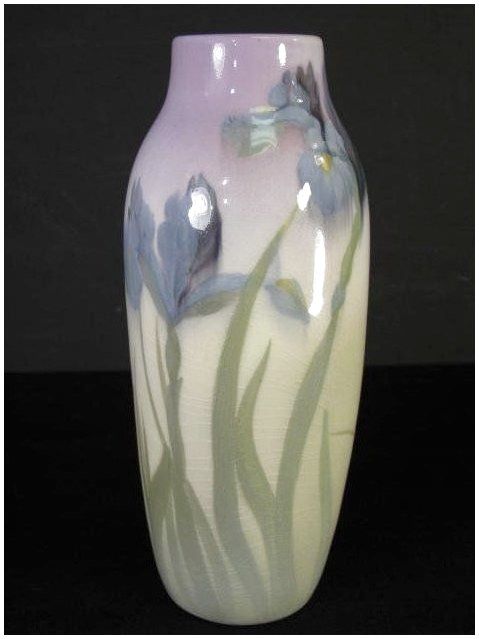Crazing Large Cracks Ceramics

Glaze crazing or glaze crackle is a network of lines or cracks in the fired glazed surface.
Crazing large cracks ceramics. It can be caused by temperature and humidity changes. Crazing translates to fine cracks in the glaze or surface layer of porcelain wares. Crazing can be present in varying degrees. Characterised as a spider web pattern of cracks penetrating the glaze it is caused by tensile stresses greater than the glaze is able to withstand.
Crazing is a glaze defect of glazed pottery. It happens when a glaze is under tension. There are several simple techniques to clean antique porcelain. This type of damage is caused by the difference in the contraction rate in the body material of an object compared to the surface layer.
It can also occur in pottery some plastics and composition materials such as the face of a composition doll that has not been properly stored. Divgradcurl getty images. However crazing or tiny cracks may show up over time and stains may set into the porcelain. Crazing is fine cracks in the porcelain s glaze.
They are not cracks in the actual piece of pottery but rather surface level cracks in the fired glazed of the piece. They often have a spiderweb like appearance. We lakeside pottery know of cases where the pinging sounds of newly developed crazing lines go for many years. Sometimes items may have a couple of crazing lines on one side and not the other other times the crazing can look like a spider web and cover the entire item.
For example if you move from new orleans the city in the us with the highest humidity level to arizona where it is dryer than a popcorn fart. Porcelain is a ceramic known for its toughness and durability.



















